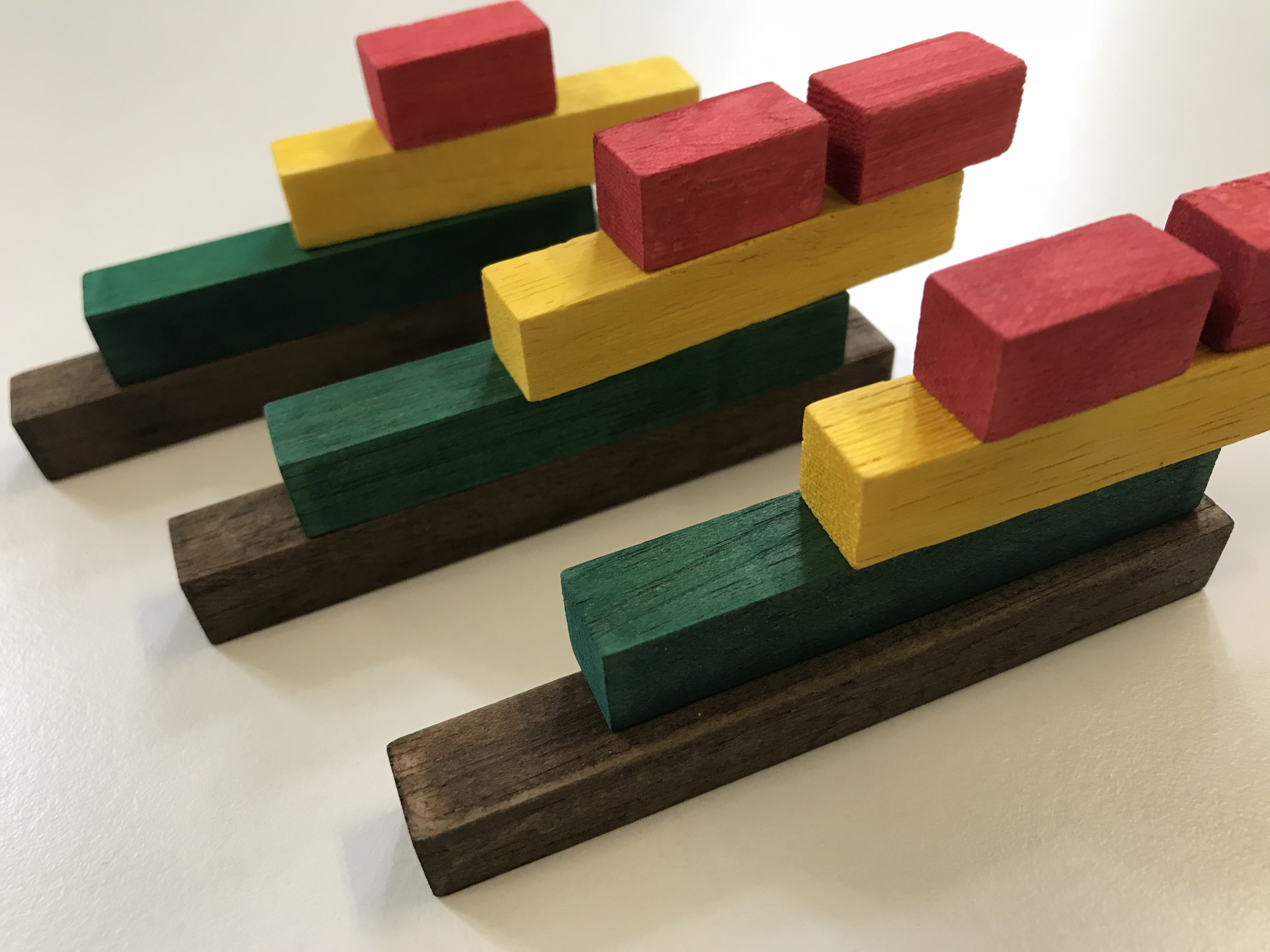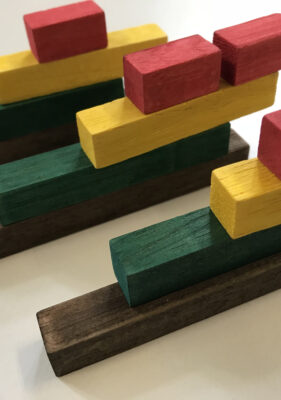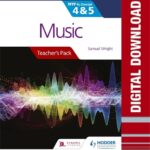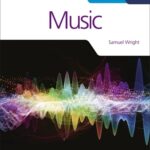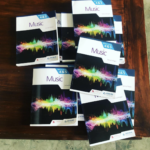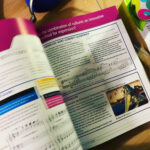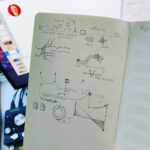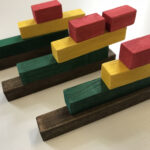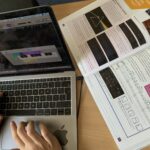It happened! 15 years of music lessons and curriculum writing has been condensed into twelve conceptual-based chapters thanks to Hodder Publishing. Back in 2018 I was invited to speak at the 50th Anniversary Celebration for the IB in Vienna, Austria. It was here I met the future publishers of my book and a journey began to curate as many imaginative ideas I could. Ideas that would somehow look like a textbook, but not ‘be’ a textbook. Music is fluid throughout history, as are ideas. So the main goal was to write a book that collected recipes of music-making; recipes that could serve as a menu for both MYP educators and those who teach other curriculums around the world.
After looking over the landscape of music textbooks it was a daunting process. Within the International Baccalaureate we as teachers are to model what is called the Learner Profile (‘we are knowledgeable, reflective, risk-takers’ posters made by @MrsLauraW). The way we research, listen, explore and play should be reflected in who we are as learners. Thereby inspiring and engaging our students. How was I to capture this in a book that could bring the world of music to any student? How could I draw the discussion away from a reliance upon traditional notation, Western music history, and a didactic style of teaching, to one that embraced technology, a global view of music history, new/upcoming artists, multiple forms of notation and pedagogy? No easy task, and I am hoping that I came close to this by diversifying every chapter with music throughout history.
Questioning the approach, the origin and future of music, has led to amazing discussions in my classroom. Each chapter involves visible thinking routines to facilitate this mindset.
The best way to approach this book is with a creative mind and a class-set. Imagine you are going into a restaurant (your classroom) and you get a menu with 12 selections (📘 2 chapters available for free from Hodder). Using the listening lists and activities provided, you get to investigate musics’ building blocks from multiple dishes. Better still, you can connect and mix these dishes! Why settle on Hildegard when there is a rock version that moves to Charles Mingus? Or can we develop a Jazz work from a Medieval canon in reverse? Can we learn to sample like Kanye? Or compose for video games after viewing the scores of actual games? Is Rock music plagiarised as all the notes have already been used? Can we hear images and work with Kandinsky’s art? What about deconstructing electronic ragas?
The analogy only goes so far! But the Teacher Pack 📕 which is a separate publication available for download has every unit completely written out, with all the references, lesson plans and would be ideal for a) any new teacher looking to develop in curriculum and unit writing, or b) experienced teachers looking to craft their own units and lessons alongside this book (like a menu). The journey of navigating all music in space and time (hint: look for the Doctor Who music transcribed on pages 171-173) meant that I was able to get permission to transcribe much of what is presented. When you experience the range of artists included, I know your students will be engaged!
Listen to the work, and score in the book, of Flight provided by Ella Macens in Australia for Chapter 9 ‘Does Music Have Boundaries?’ p258-259. She is featured as ‘Meet The Composer’ alongside George Crumb, David Attenborough, Morton Sobotnik, Hollis Taylor, Drum&Lace, Tan Dun and of course, Nature. The list of names here should inspire you to start listening immediately!
There has not been a music book with this much permission for educational transcriptions in some time. Complete game-score transcripts, new works offered by artists and composers, past students speaking about their creativity, and even How to Train Your Dragon!
I believe the listening material is wonderfully diverse with over 500 tracks connected to each of the 12 chapters (or challenging questions). This was the major goal: to include music from a historic/global perspective that shows how interconnected we all are. There is a complete Apple Music and Spotify Playlist found at these links, as well as a significantly curated YouTube Gallery below. You can use this track-list to navigate each chapter:
Chapter 2: tracks 33 – 85
Chapter 3: tracks 86 – 127
Chapter 4: tracks 128 – 184
Chapter 6: tracks 218 – 255
Chapter 7: tracks 256 – 301
Chapter 8: tracks 302 – 346
Chapter 10: tracks 378 – 421
Chapter 11: tracks 422 – 456
Chapter 12: tracks 457 – 505
The Music by Concept Book, plus Teacher Pack, are available through Hodder Publications now. Having class sets of the book is ideal as students can also dive into the menu. You can find the book on Amazon, BookDepository and other Music Education publisher sites. I hope to hear from you and how you have cooked-up a creative lesson with this resource!
